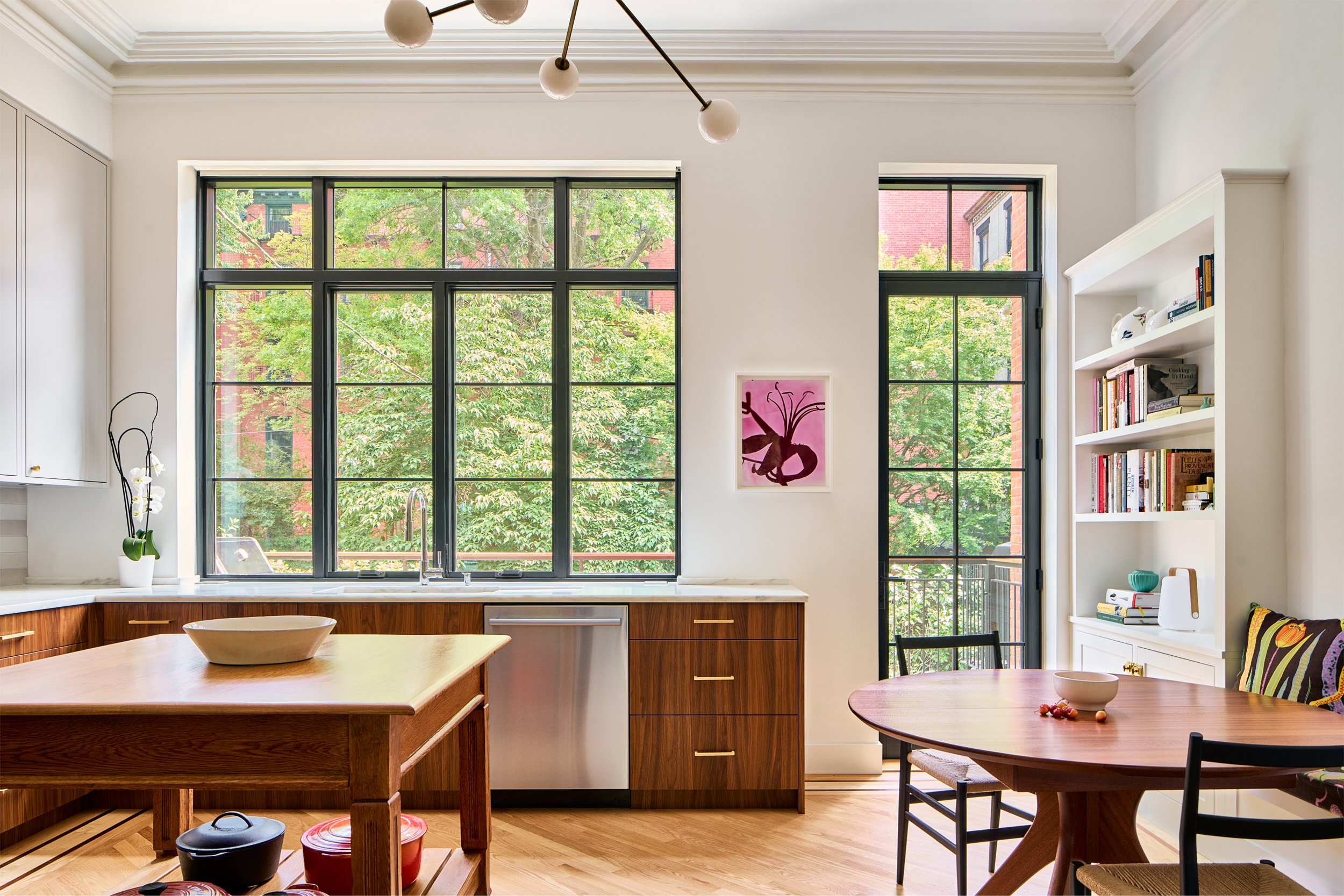Lower Down Payments, Lower Interest Rates
Common wisdom for home-buyers has been to front at least 20 percent as a down payment, but this practice may no longer be rewarded by the financial markets, reports The New York Times. Because of rules implemented by Fannie Mae and Freddie Mac in 2008, “for most people, it turns out, smaller down payments result…

 Common wisdom for home-buyers has been to front at least 20 percent as a down payment, but this practice may no longer be rewarded by the financial markets, reports The New York Times. Because of rules implemented by Fannie Mae and Freddie Mac in 2008, “for most people, it turns out, smaller down payments result in lower interest rates,” according to the Times. For example, The Times found that a buyer with a 720 credit score buying a $400,000 home would typically be able to obtain a 30-year fixed-rate mortgage of 4.875 percent if he were putting down $80,000. Perversely, he could have gotten the same rate by only putting down 5 percent as well. Why’s that? In the case of the 5 percent down payment he would have been required to pay mortgage insurance of around a hundred bucks a month. Even stranger, if he’d been even more conservative and opted to put down 25 percent, his interest rate would have shot up to 5.375 percent. Apparently, lenders like the idea of a borrower having a cushion in his checking account better than having a smaller loan principal. Strange days indeed.
Common wisdom for home-buyers has been to front at least 20 percent as a down payment, but this practice may no longer be rewarded by the financial markets, reports The New York Times. Because of rules implemented by Fannie Mae and Freddie Mac in 2008, “for most people, it turns out, smaller down payments result in lower interest rates,” according to the Times. For example, The Times found that a buyer with a 720 credit score buying a $400,000 home would typically be able to obtain a 30-year fixed-rate mortgage of 4.875 percent if he were putting down $80,000. Perversely, he could have gotten the same rate by only putting down 5 percent as well. Why’s that? In the case of the 5 percent down payment he would have been required to pay mortgage insurance of around a hundred bucks a month. Even stranger, if he’d been even more conservative and opted to put down 25 percent, his interest rate would have shot up to 5.375 percent. Apparently, lenders like the idea of a borrower having a cushion in his checking account better than having a smaller loan principal. Strange days indeed.
A Down Payment Anomaly [NY Times]
Photo by Corey Thomas





“Apparently, lenders like the idea of a borrower having a cushion in his checking account better than having a smaller loan principal.”
Actually, lenders like the idea of making much more money off the loan.
320k loan (400k property, 20% down), 4.875% interest, 30 years = $289,647 in interest payments
380k loan (400k property, 5% down), 4.875% interest, 30 years = $343,956 in interest payments — and that’s NOT including that mortgage insurance ($1200 a year for as long as it is needed).
Excatly Joe. This what my loan officer explained to me a year ago. Basically, during the first few years is what is critical to banks. This is also when PMI is in effect.
Of course buyers need to be aware that PMI is a cost and not an investment that will grow. So they will need to calculate how much additional savings OR cost it will have on the long term. Lower APR + PMI vs higher APR + no PMI (and what is applied to interest and principal).
my read was that since the 5%-down buyer is forced to get PMI, the bank is better off because it has two parties subordinated to it. A 20+%-down buyer has no PMI, so the bank relies only on the buyer to make the payments. The lower rate for the 5% guy just shows that the PMI company is a better credit risk than an average homebuyer buyer, which is not really very perverse idea. The article went on to say that the all-in cost to the buyer was still higher with 5% down + PMI, as it should be.
Either way those are stupidly low interest rates.